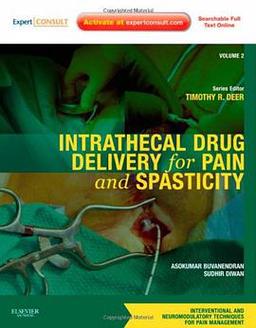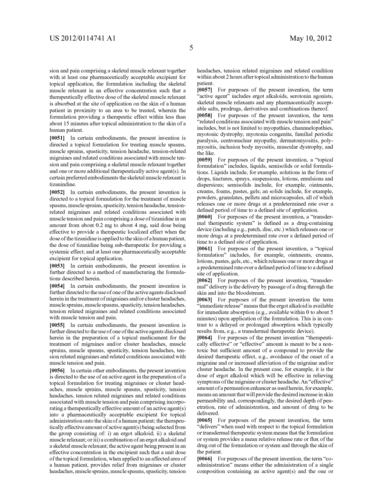Tone and Spasticity: A Comprehensive Guide
Understanding the relationship between tone and spasticity is crucial for anyone dealing with neurological conditions. Tone refers to the tension or resistance in your muscles, while spasticity is a specific type of muscle tightness that can occur in individuals with certain neurological disorders. This article delves into the intricacies of tone and spasticity, exploring their definitions, causes, symptoms, and treatment options.
What is Tone?
Tone is the state of muscle tension that is present at rest. It is a normal physiological phenomenon that helps maintain posture and balance. Tone can be categorized into three types: hypotonia (low muscle tone), hypertonia (high muscle tone), and normal tone.

| Type of Tone | Description |
|---|---|
| Hypotonia | Reduced muscle tone, leading to floppiness and poor posture |
| Hypertonia | Increased muscle tone, causing stiffness and difficulty with movement |
| Normal Tone | Optimal muscle tone, providing balance and ease of movement |
What is Spasticity?
Spasticity is a type of muscle tightness that can occur in individuals with neurological disorders, such as cerebral palsy, multiple sclerosis, or spinal cord injury. It is characterized by involuntary muscle contractions and can lead to stiffness, exaggerated reflexes, and difficulty with movement.
Causes of Tone and Spasticity
The causes of tone and spasticity can vary depending on the underlying neurological condition. Some common causes include:
- Brain injuries
- Spinal cord injuries
- Stroke
- Multiple sclerosis
- Cerebral palsy
Symptoms of Tone and Spasticity
The symptoms of tone and spasticity can vary widely among individuals. Common symptoms include:
- Stiffness or tightness in muscles
- Difficulty with movement and coordination
- Exaggerated reflexes
- Pain or discomfort
- Impaired posture and balance
Treatment Options for Tone and Spasticity
Treatment for tone and spasticity aims to reduce muscle tightness, improve mobility, and enhance overall quality of life. Some common treatment options include:

- Physical therapy: Physical therapists can help you develop strategies to manage spasticity and improve your mobility.
- Occupational therapy: Occupational therapists can help you adapt to daily activities and reduce the impact of spasticity on your daily life.
- Medications: Certain medications, such as antispasmodics and muscle relaxants, can help reduce muscle tightness and spasticity.
- Botulinum toxin injections: Botulinum toxin injections can temporarily reduce muscle spasticity by blocking the release of neurotransmitters that cause muscle contractions.
- Surgery: In some cases, surgery may be necessary to correct structural abnormalities or relieve pressure on nerves and muscles.
Living with Tone and Spasticity
Living with tone and spasticity can be challenging, but there are ways to manage the condition and improve your quality of life. Here are some tips:
- Stay active: Regular exercise can help improve your strength, flexibility, and overall mobility.
- Seek support: Joining a support group or connecting with others who have similar experiences can provide emotional support and practical advice.
- Stay informed: Keep up-to-date with the latest research and treatment options for tone and spasticity.
- Work with healthcare professionals: Regular consultations with your healthcare team can help you manage your condition effectively.
In conclusion, tone and spasticity are complex conditions that can significantly impact your daily life. By understanding their causes, symptoms, and treatment options, you can take steps to manage your condition and improve your quality of life.










